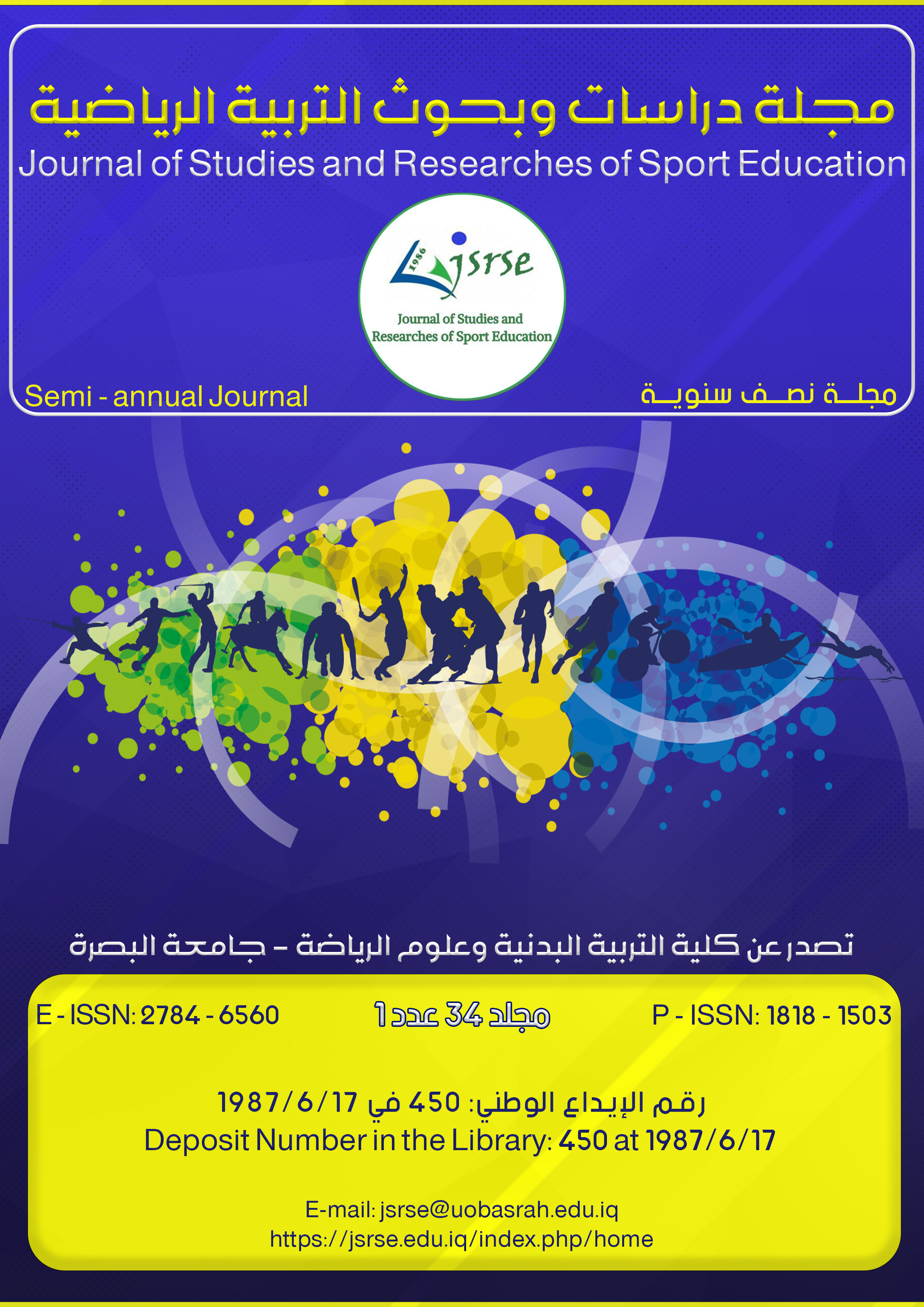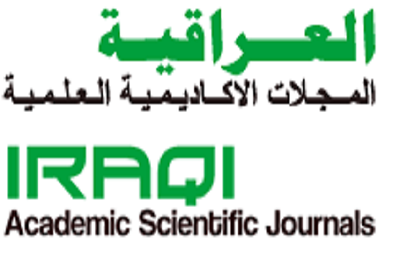An analytical study of the levels of field intelligence among scout leaders in the Sports and School Activities DepartmentAn analytical study of the levels of field intelligence among scout leaders in the Sports and School Activities Department
Main Article Content
Abstract
The study aimed to build a measure of the field intelligence of scout leaders. The researchers used the descriptive approach in the survey style in order to suit the objectives of the research and the nature of the problem. The final research population was conducted using the intentional method, which were the scout leaders, numbering (140) male and female leaders. As a result of this, the sample was divided into two parts as follows:
First: The sample for constructing the scale: It included a number of scout leaders, numbering (75) leaders, with their percentage reaching (53.57%) of the research community.
Second: Application sample: It included (60) leaders, representing (42.85%) of the research community.
The researchers concluded that the construction and application of a scale of field intelligence among scout leaders was reached. A scout leader who has high field intelligence is reflected in his performance. They recommended adopting the current scale designed by the researchers to reveal the level of field intelligence among scout leaders
Article Details

This work is licensed under a Creative Commons Attribution-NonCommercial 4.0 International License.
References
Aliwi, A. A. (2023). Some mental abilities and their relationship to positive thinking among fifth grade middle school students. Kufa Journal Physical Education Sciences , 7(3), 106–135. https://www.iasj.net/iasj/article/294018
Hadar, O. Z., & Ali, K. A. (2021). Analytical study on the effectiveness of psychological quality in handball Players of the premium class. Journal of Studies and Researches of Sport Education , /(67), 398–409. https://www.iasj.net/iasj/article/217544
Karen G. (2002). Multiple intlligences theory Afram work for personalizing science curricula. Journal of School Science and Mathematics, 6.
Kazem, A. M. D., & Abbas, H. (2020). Relationship of emotional traits to some basic skills Handball for advanced. https://jsrse.edu.iq/index.php/home/article/view/154
Lamyaa Hasan Aldewan, Qusay Fawzi Khalaf, & Saad Laith Abdul Karim. (2008). Measuring the obstacles to the lack of female competencies taking over sports management. Journal of Studies and Researches of Sport Education, 23, 5–18. https://www.iasj.net/iasj/article/53818
Marwan, A. M. I. (1999). cientific foundations and statistical methods for tests and measurement in physical education. Dar Al-Fikr for Printing and Publishing.
mashkwr, N. H., & Muhammad, L. H. (2017). Studying the level of social interaction and its relationship to aggressive behavior on the field for some youth teams. Scientific Journal of Sports Sciences and Arts, 16(16), 59–67. https://doi.org/10.21608/ijssaa.2017.69736
Muhammad, S. A.-J., & Ali, H. H. (2021). The impact of exercises with various kinetic programs on field intelligence of futsal football players. Al.Qadisiya Journal for the Sciences of Physical Education , 21(2 part(2)), 49–55. https://www.iasj.net/iasj/article/250395
Saad, K. N., & Haider, O. Z. (2020). analytical study of the levels of psychological differentiation among handball players Premium class. Journal of Studies and Researches of Sport Education , /(62), 22–36. https://www.iasj.net/iasj/article/196073
Sinan, A. A., & Nidal, F. A. (2022). Bullying and its relationship to self-confidence in the scouting education subject for female students of the College of Physical Education and Sports Sciences. JOURNAL OF SPORT SCIENCES , 14(51), 241–269. https://www.iasj.net/iasj/article/254578





 IASJ
IASJ CC-BY-4.0
CC-BY-4.0 turnitin
turnitin ISSN
ISSN DOAJ
DOAJ Crossref
Crossref GoogleScholar
GoogleScholar Orcid
Orcid